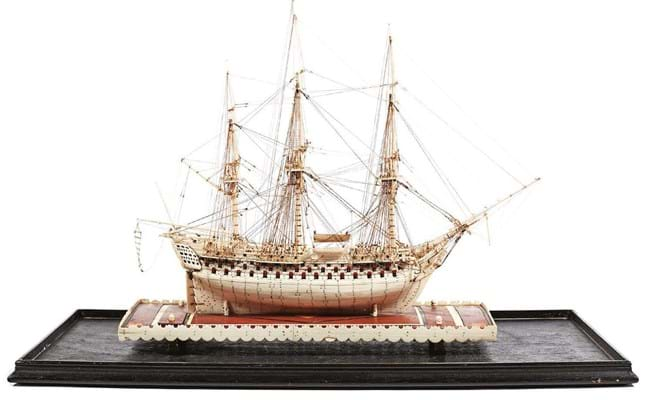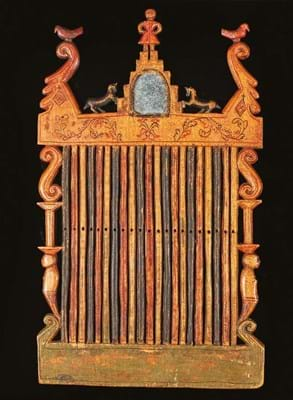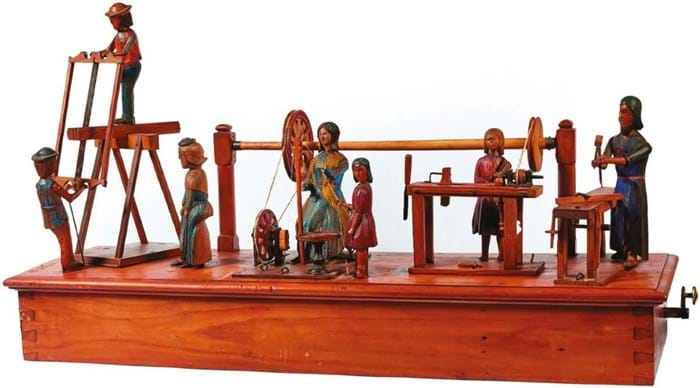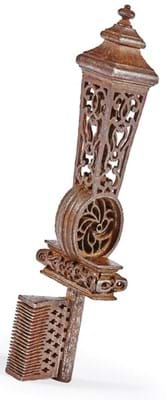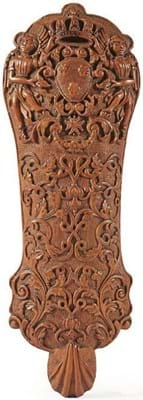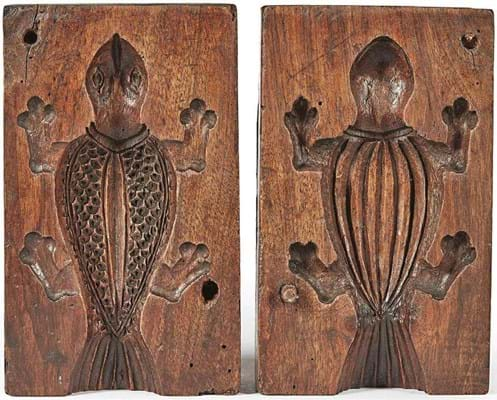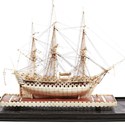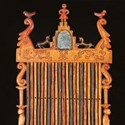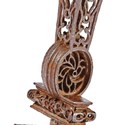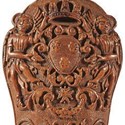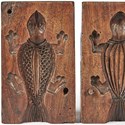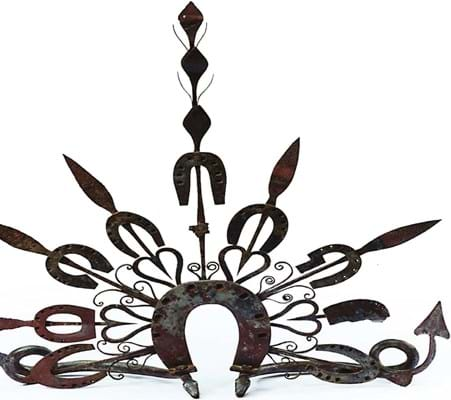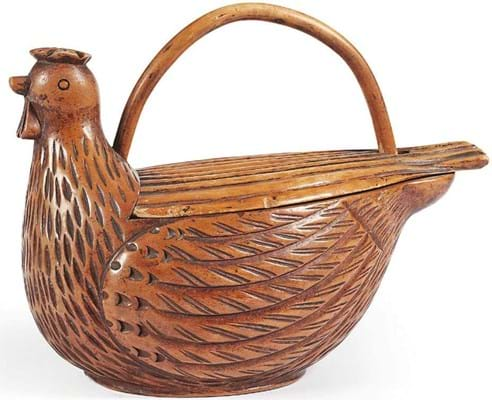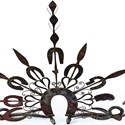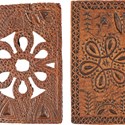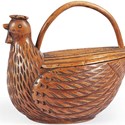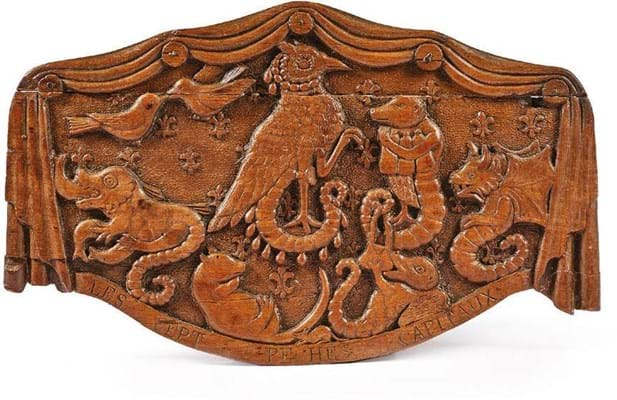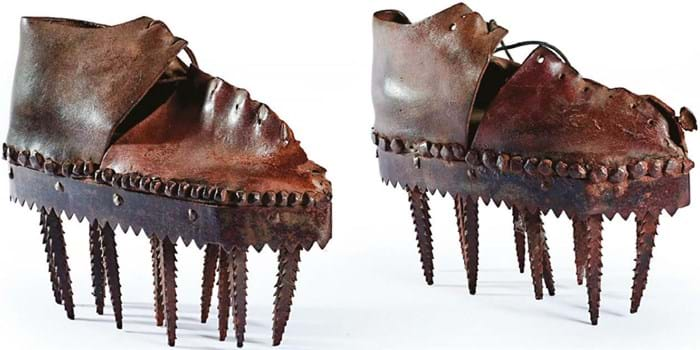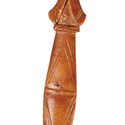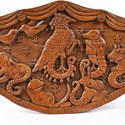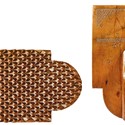This is partly due to the charm and decorative appeal of the rustic and the vernacular but also reflects a growing appreciation of social history and the skills of the pre-industrial age.
Pierre Bellemare was one such aficionado. Best known in the wider world as a writer and broadcaster, he had another passion. A long-term collector of maritime antiques, he changed tack after wandering into an antique shop selling old tools and clogs.
Artisan artefacts
The maritime collection was duly sold (at auction by Poulain le Fur in Paris in 2000) and, accompanied by a move to the Perigord region, Bellemare, concentrated instead on the products of the artisan craftsmen.
“I imagine men from past times at the point when they were making a cane, decorating the cover of a box,” he wrote. “Each object is a moment from the past which has come down to us, a moment in time.”
Bellemare was collecting these artisan artefacts almost up to the time of his death last year, buying at auction, from shops and online.
His ensemble of tradesman’s tools, tobacco rasps and boxes, lacemaking equipment, butter moulds, spoons and much more was itself up for auction in a 435-lot sale conducted by Ferri (25% buyer’s premium plus VAT) at Drouot in Paris on May 28-29.
French buyers prevail
Treen objects, whether carved, turned or joined, dominated the collection. The ensemble offered those interested in this field a wide choice in terms of objects and price points.
In all getting on for 90% of the content changed hands. According to Martine Houzé, the specialist for this auction, the majority of the buyers were collectors and enthusiasts for folk art and were predominantly French.
This, she felt, was partly because the content was mainly objects made from wood.
Had there been more metal objects, reckoned Houzé, the spread of bidders may have been more international.
Maritime marvel
A high-flyer of the collection at €8500 (£7520) harked back to Bellemare’s love of maritime artefacts. This was a detailed bone ship model dated to the late 18th or early 19th century of HMS London, a 100-gun ship of the line launched at Chatham that saw service in the French Revolutionary and Napoleonic wars including the Battles of Chesapeake and Copenhagen. She was broken up 1811.
Very possibly a piece of French prisoner-of-war work, perhaps made to order on one of the hulks moored off the south coast of England, the 15in (38cm) model stood on an ivory and marquetry decorated base.
The top lot in the sale was not from the Bellemare collection but one of a handful of items consigned from other vendors. Nor would it necessarily quality as folk art.
Exemplifying the pre-industrial era when guilds and associations determined professional development, a 5½in (14.3cm) long wrought iron key was a travail de maîtrise, a piece created for the assessment and demonstration of a Master locksmith’s skills. Dated to the Louis XV era, it sported a lantern shaped openwork top and a shank terminating in 21 teeth. It realised €11,500 (£10,175).
Such sums were the exception rather than the rule. There were also plenty of opportunities to buy pieces for just €200-300, ideal elements for either starting a collecting or simply buying an attractive craftsman-made objet d’art.
£1 = €1.13


